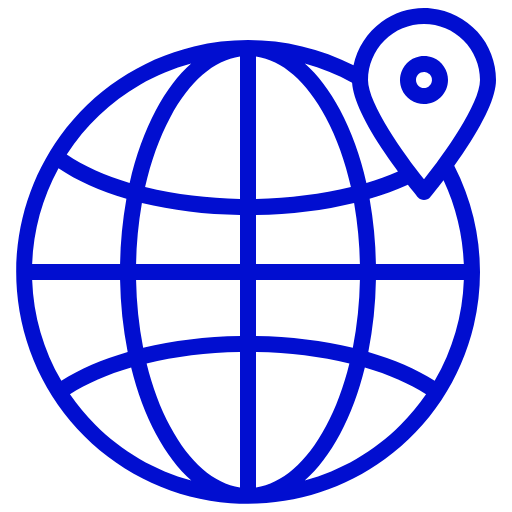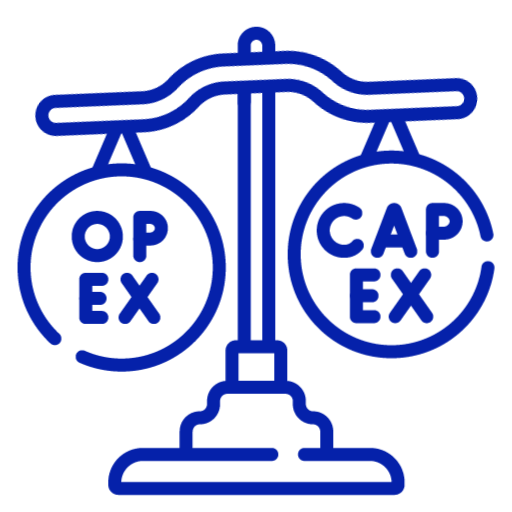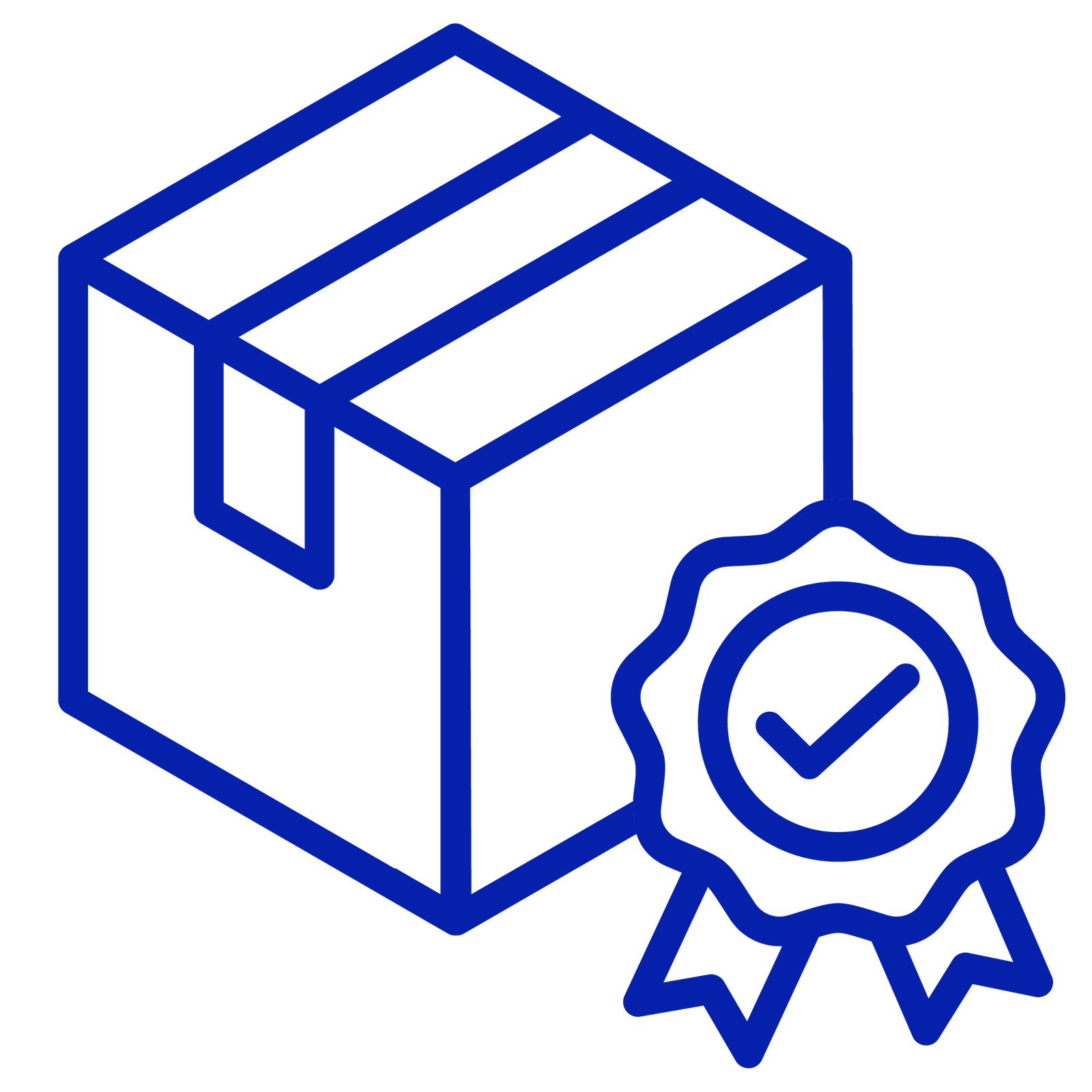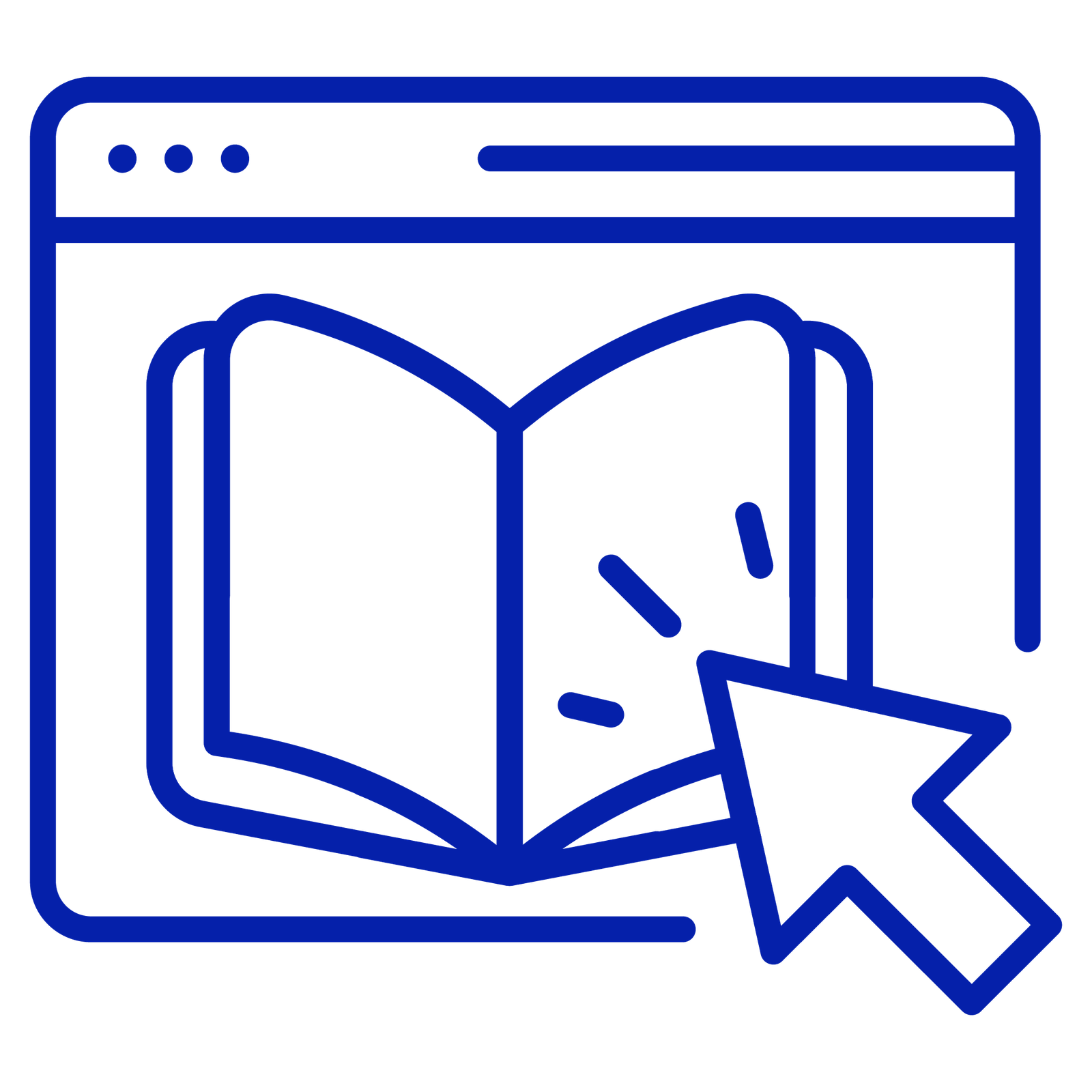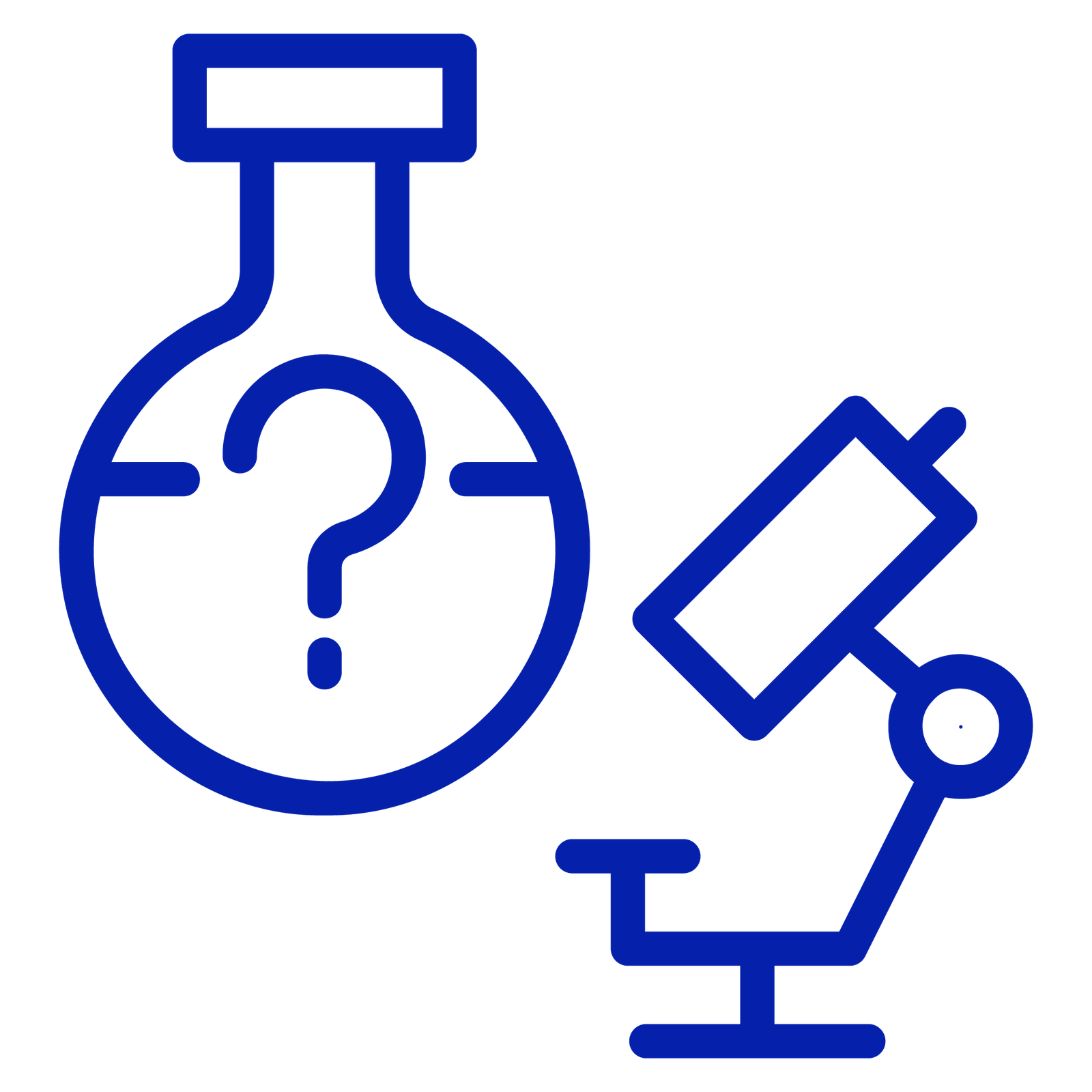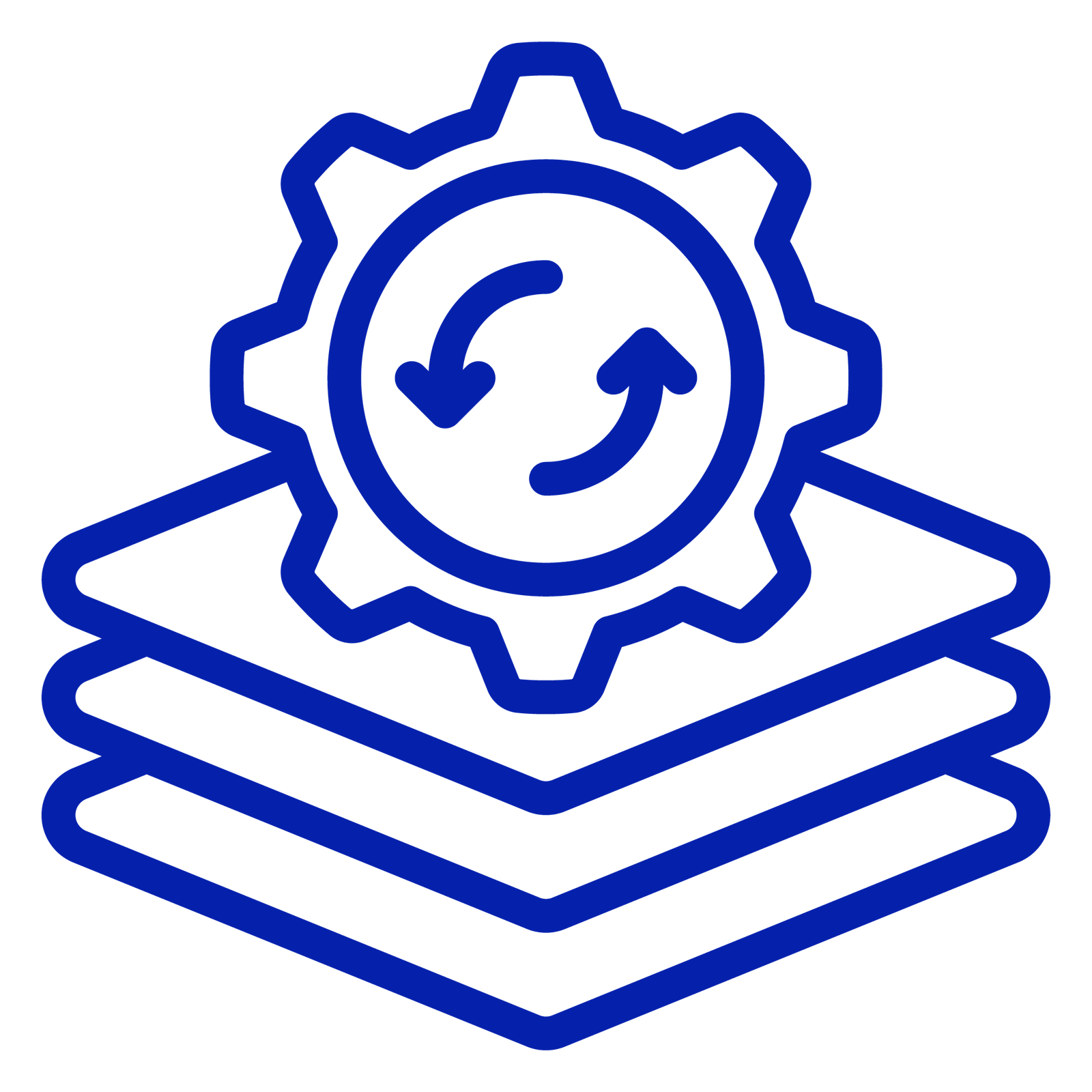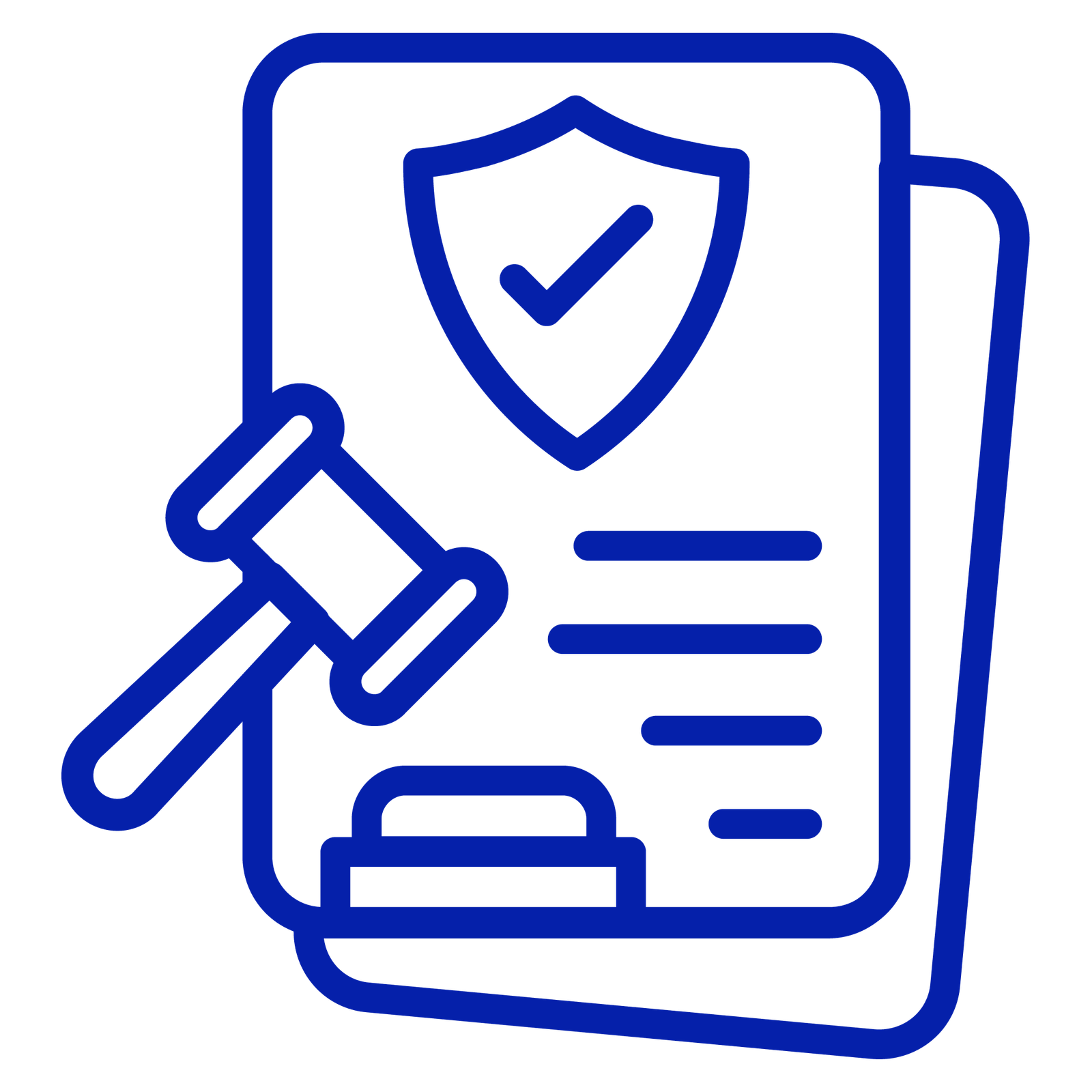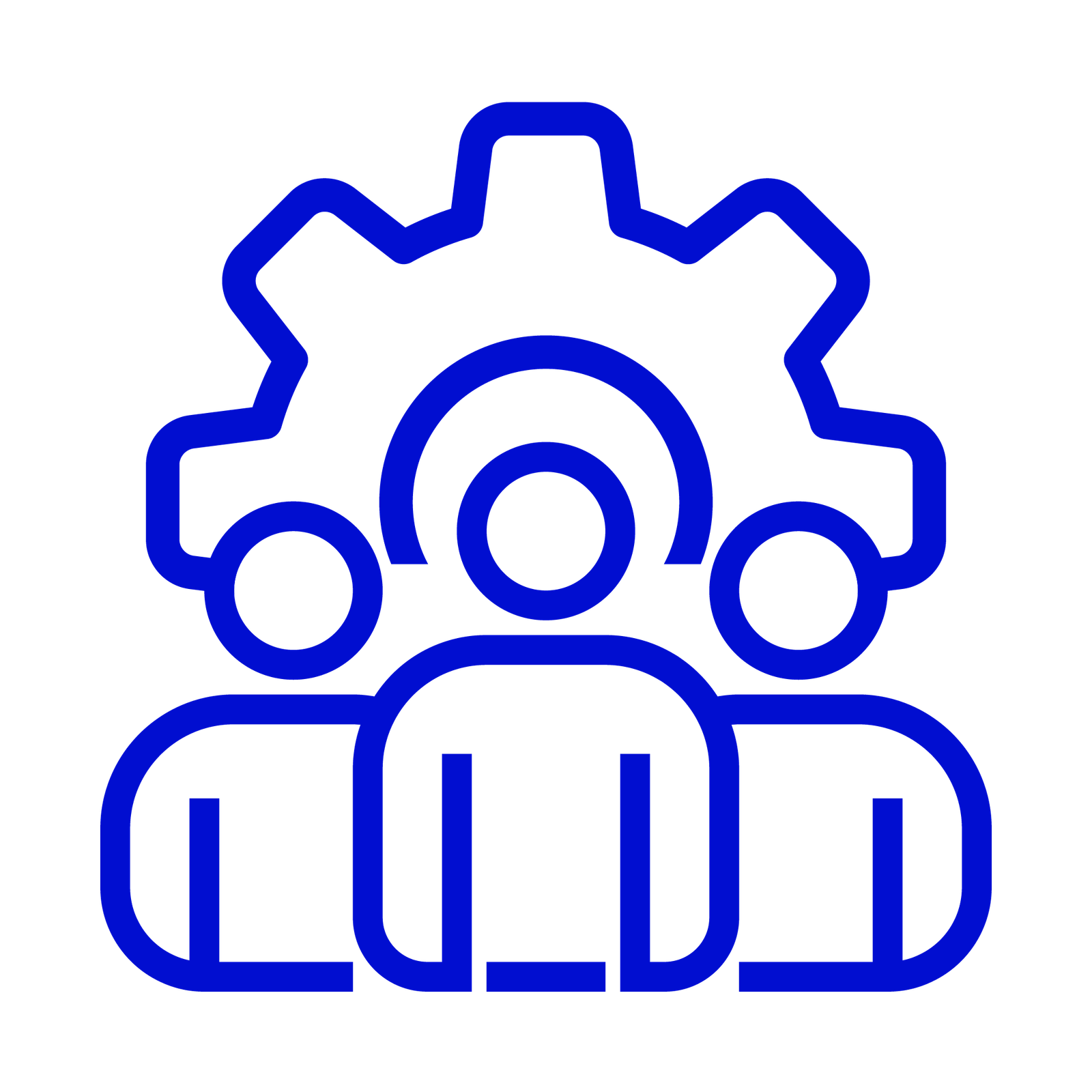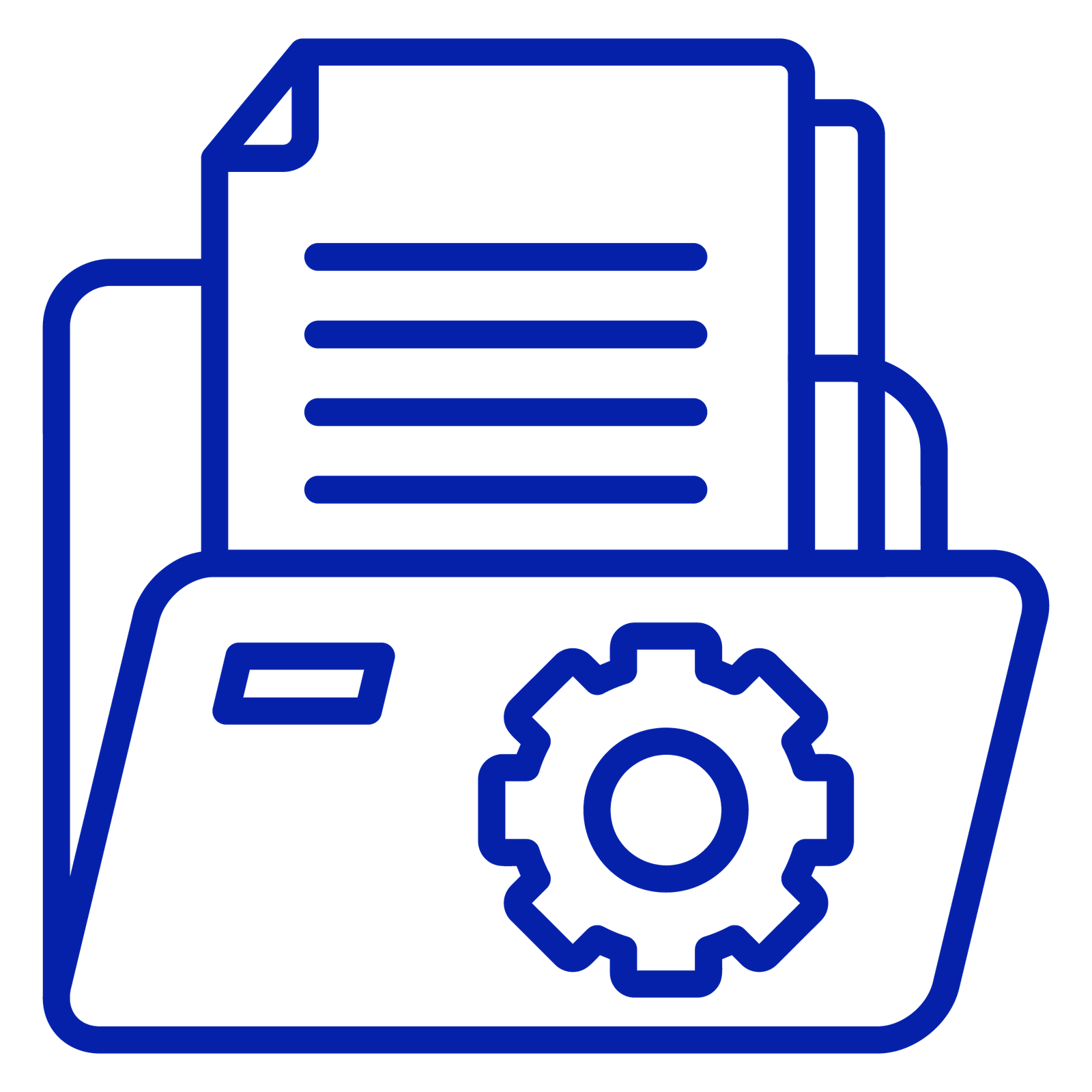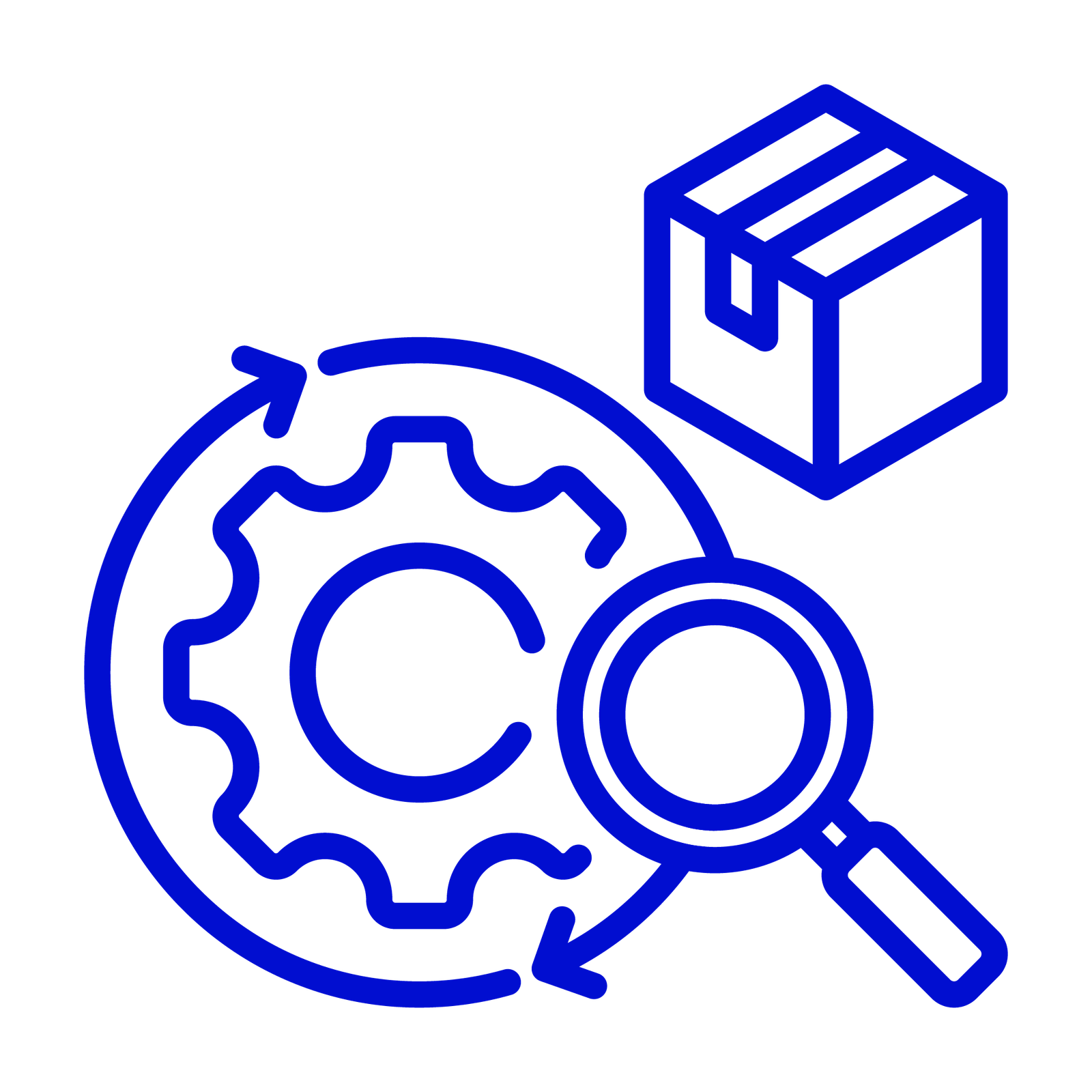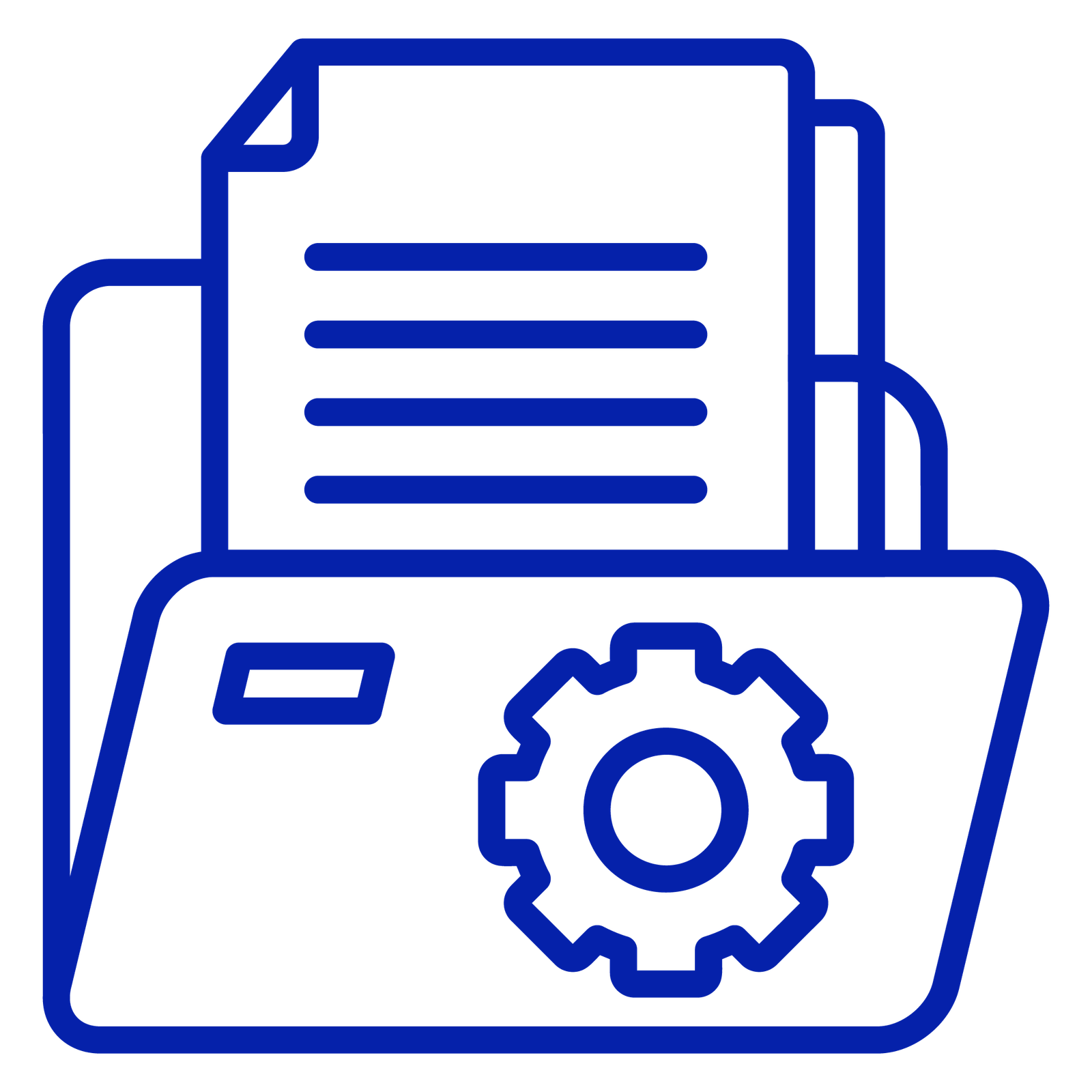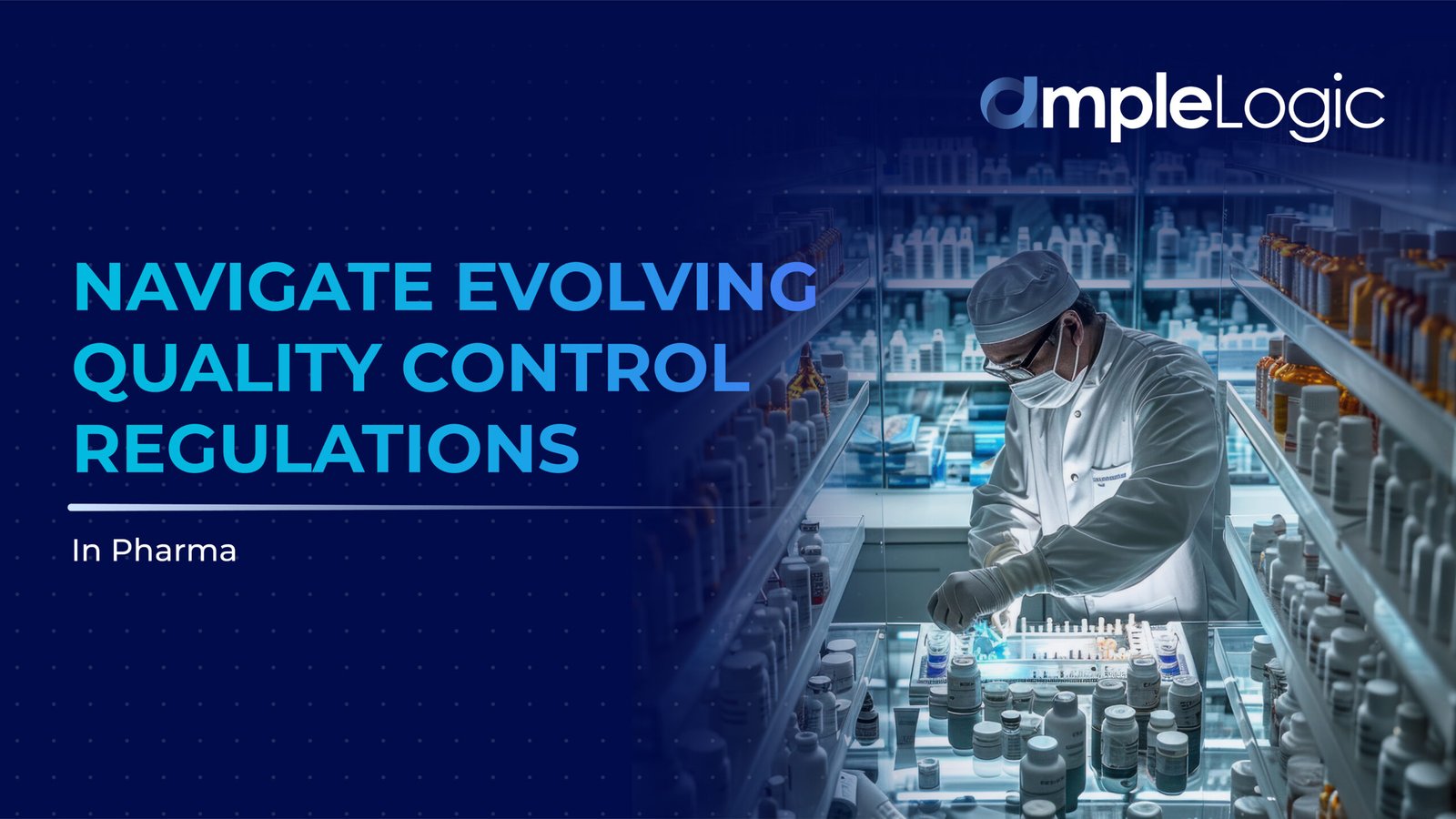
In the pharmaceutical industry, quality control (QC) is not just a critical function; it is the backbone of compliance and patient safety. As quality control regulations evolve globally, QC teams face mounting pressure to adapt swiftly while maintaining the highest standards of quality. The complexity of navigating diverse regulatory frameworks, including stringent guidelines from agencies like the FDA, EMA, and WHO, adds to the challenge.
Effective QC planning has become essential to address these regulatory hurdles, avoid compliance risks, and ensure smooth delivery of safe and effective medicines. Failure to meet these evolving requirements can result in costly delays, product recalls, or reputational damage, underscoring the importance of proactive QC strategies in highly regulated industry.
Global Regulations for Pharma QC Planning and Scheduling
Pharmaceutical quality control (QC) planning and scheduling are governed by a complex web of global regulations, which are regularly updated by agencies like the FDA (U.S.), EMA (European Union), WHO (global guidelines), MHRA (UK), and others. These updates aim to address scientific advancements, emerging technologies, and evolving patient safety concerns. Below is an overview of the key global regulatory frameworks:
- FDA (U.S. Food and Drug Administration)
The FDA enforces pharmaceutical FDA quality control regulations through the Code of Federal Regulations (CFR), Title 21, focusing on Parts 210 and 211 for Good Manufacturing Practices (GMP) and Part 820 for medical devices. QC teams must adhere to data integrity requirements, guided by ALCOA+ principles (Attributable, Legible, Contemporaneous, Original, Accurate, plus Complete, Consistent, Enduring, and Available), ensuring reliable and traceable data throughout the QC process.
Additionally, the FDA emphasizes risk-based approaches by requiring adherence to ICH Q9, which outlines standards for identifying and mitigating risks in QC planning. Companies must also comply with 21 CFR Part 11, which governs the use of electronic records and signatures, ensuring authenticity, integrity, and security in QC operations.
- EMA (European Medicines Agency)
The EMA oversees GxP quality assurance in pharma in the European Union through EU GMP guidelines and their annexes, which provide detailed instructions for QC processes. For example, Annex 11 mandates the validation of computerized systems used in QC planning, ensuring reliable functionality. Annex 15 focuses on validation and qualification, requiring robust QC methods and validated test procedures.
Furthermore, the EMA enforces strict batch release testing requirements for imported medicines to ensure they meet EU standards before entering the market. These quality control regulations help maintain safety, efficacy, and GxP quality assurance in pharma within the European Union.
- WHO (World Health Organization)
The WHO sets international GMP standards to harmonize QC practices globally, especially in regions with emerging pharmaceutical markets. Key principles include traceability and documentation, requiring auditable records of QC processes to ensure transparency and accountability.
The WHO also emphasizes risk management, encouraging the implementation of systems that proactively identify and mitigate risks in production and QC activities. These guidelines aim to ensure global public health by promoting the production of safe and effective medicines.
- ICH (International Council for Harmonisation)
The ICH provides a global framework for harmonizing pharmaceutical standards, including QC practices. ICH Q6A/B outlines specifications for chemical and biological products, establishing consistent quality parameters. ICH Q8 promotes the adoption of Quality by Design (QbD) principles, which integrate quality considerations into early drug development and QC planning. Additionally, ICH Q10 focuses on lifecycle management, encouraging continuous improvement in GxP quality assurance in pharma.
The Challenge of Evolving Quality Control Regulations
Regulatory bodies such as the FDA, EMA, and WHO continuously update their guidelines to keep pace with advancements in science, technology, and evolving patient safety concerns. These updates aim to ensure the production of high-quality, safe, and effective medicines but also introduce significant challenges for pharmaceutical quality control (QC) teams. Key challenges include:
- Frequent Changes: Regulatory updates often revise critical areas such as Good Manufacturing Practices (GMP), data integrity standards, and product testing protocols. QC teams must stay vigilant and agile to implement these changes promptly, ensuring compliance without disrupting operations.
- Global Disparities: The pharmaceutical industry operates across diverse regulatory landscapes, with each region imposing unique requirements. Harmonizing QC processes to meet varying standards, such as the FDA’s CFR, EMA’s Annexes, or WHO GMP guidelines, adds complexity and requires careful coordination.
- Documentation Burden: The demand for detailed, traceable, and auditable records has grown exponentially. Regulatory agencies now expect meticulous documentation covering everything from test protocols to raw data, placing significant pressure on QC teams to adopt robust systems for managing and storing information.
- Emerging Technologies: Breakthroughs such as gene therapy, personalized medicine, and AI-driven drug development are transforming the pharmaceutical landscape. QC teams must adapt processes to accommodate new testing methodologies, such as real-time release testing (RTRT), and validate innovative approaches to ensure they meet regulatory expectations.
Key Strategies for Effective QC Planning
1. Proactive Monitoring of Regulatory Updates
Staying informed about changes in quality control regulations is the first step toward compliance. Subscribing to regulatory newsletters, participating in industry forums, and leveraging AI tools for real-time updates can help QC teams stay ahead of the curve.
2. Streamlining Documentation Processes
Regulatory agencies demand comprehensive documentation for every stage of production and quality assurance in pharma. Implementing digital QC systems with built-in compliance checks ensures accurate, traceable, and easily retrievable records.
3. Training and Upskilling QC Teams
Regular training programs are essential to ensure QC personnel understand and implement the latest regulatory requirements. Cross-functional training can also improve collaboration between QC, production, and regulatory teams.
4. Adopting Advanced QC Technologies
Modern QC tools like LIMS System, real-time analytics, and automated workflows streamline compliance. These technologies enhance data accuracy, reduce manual errors, and provide real-time insights into QC processes.
5. Risk-Based Quality Control
Adopting a risk-based approach allows QC teams to prioritize critical processes and allocate resources effectively. Tools like Failure Mode and Effects Analysis (FMEA) can help identify and mitigate potential compliance risks.
6. Cross-Regional Harmonization
For companies operating in multiple regions, harmonizing QC processes to meet diverse regulatory requirements is vital. Standardizing workflows and leveraging digital platforms for centralized management can reduce complexity.
AmpleLogic QC Planning Software: A Comprehensive Solution for Regulatory Compliance
AmpleLogic’s QC Planning and Scheduling Software simplifies compliance and boosts operational efficiency across Life Sciences industries like Pharma, Biotech, and CROs. Designed to meet global regulatory standards (FDA, EMA, WHO, ICH), it automates scheduling, sample management, and real-time resource tracking, ensuring data authenticity and traceability per 21 CFR Part 11. Key features include automated test scheduling, customizable reports, and real-time insights into lab performance and equipment utilization, improving productivity and decision-making.
The software minimizes manual errors, reduces lead times, and enhances turnaround time (TAT), ensuring on-time deliveries and optimized resource usage. With flexible, scalable architecture, it’s suitable for organizations of all sizes. By using AmpleLogic, companies can ensure compliance, improve efficiency, and deliver high-quality medicines while avoiding penalties, boosting market access, and strengthening patient trust.
Benefits of Amplelogic QC Planning Software
- Regulatory Compliance Assurance: Ensures adherence to global standards such as FDA 21 CFR Part 11, EMA, WHO, and ICH guidelines, reducing the risk of penalties and recalls.
- Operational Efficiency: Automates scheduling, sample management, and real-time resource tracking, minimizing manual errors and improving overall lab productivity.
- Faster Decision-Making: Provides real-time insights into lab performance and resource allocation, enabling faster, data-driven decisions.
- Enhanced Resource Utilization: Optimizes the use of analysts and equipment, ensuring maximum productivity and efficient test scheduling.
- Reduced Lead Times and Improved TAT: Streamlines workflows, reduces delays, and improves turnaround time (TAT), ensuring on-time deliveries.
- Adaptability to Emerging Technologies: Supports new advancements like real-time release testing (RTRT) and personalized medicine, keeping pace with industry innovations.
- Global Harmonization: Facilitates cross-regional compliance by standardizing QC processes across different regulatory landscapes.
- 24/7 Accessibility: Provides continuous access, allowing QC teams to manage operations remotely and respond to urgent tasks efficiently.
In conclusion, navigating the evolving pharmaceutical regulatory landscape is a complex challenge for QC teams. With ever-changing guidelines from agencies like the FDA, EMA, WHO, and ICH, companies must implement effective QC strategies to ensure compliance and GxP quality assurance in pharma. AmpleLogic’s QC Planning and Scheduling Software helps streamline compliance, improve operational efficiency, and optimize resource utilization. Through automation, real-time insights, and global harmonization, it empowers QC teams to stay ahead of regulatory changes, reduce lead times, and enhance productivity, ultimately ensuring safe, high-quality medicines and timely market access.

